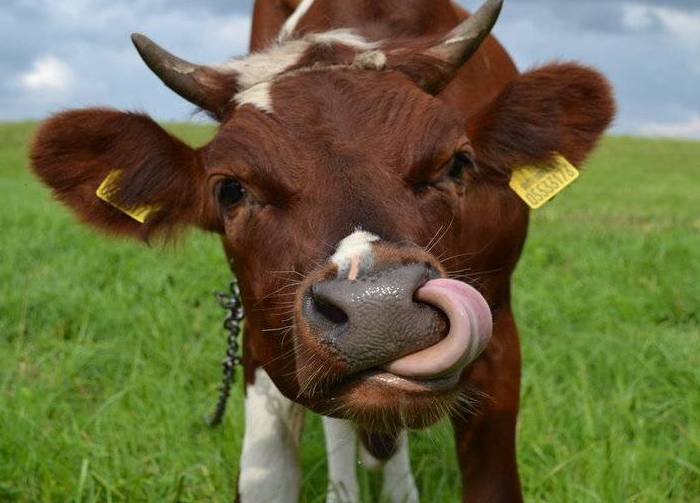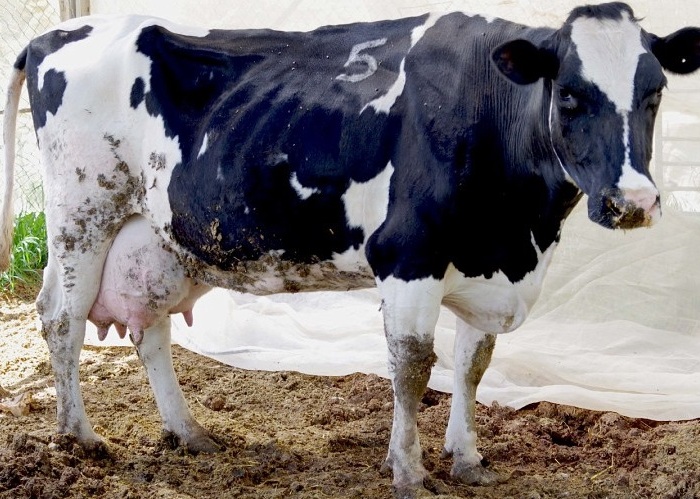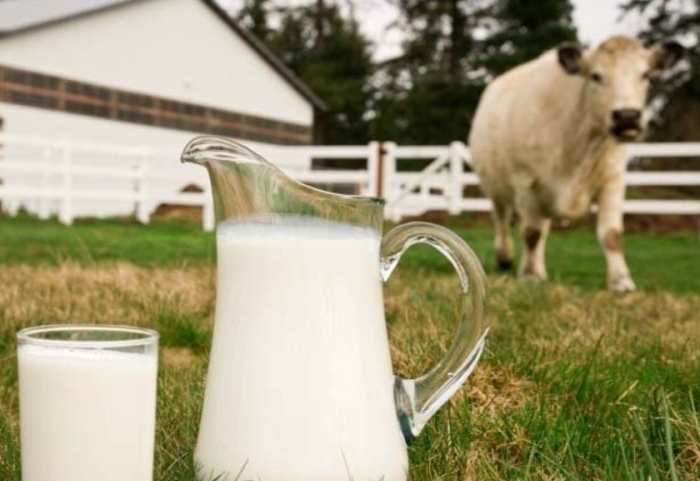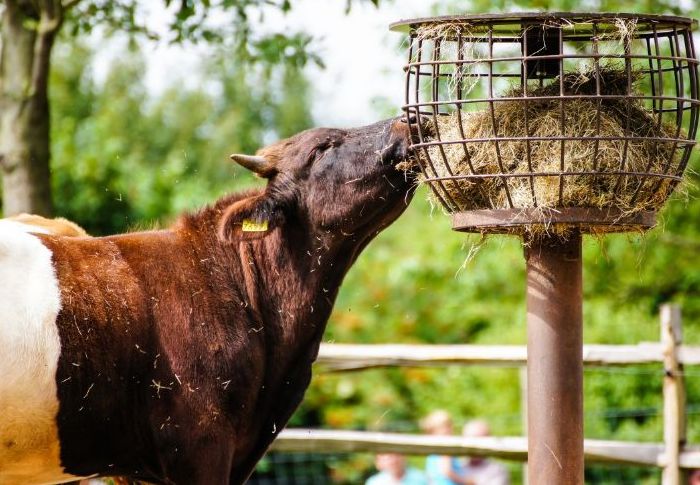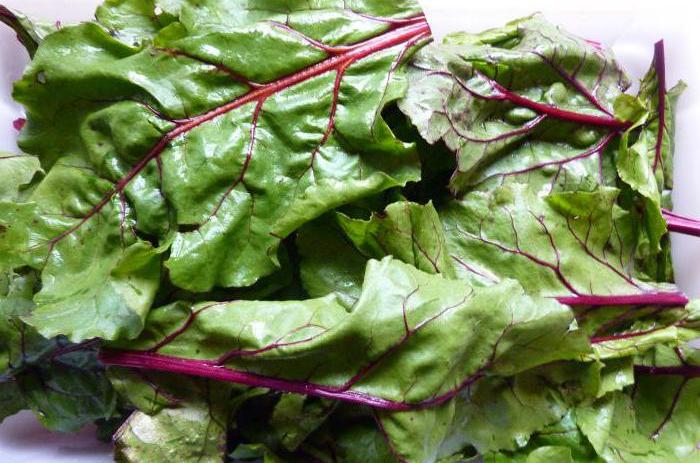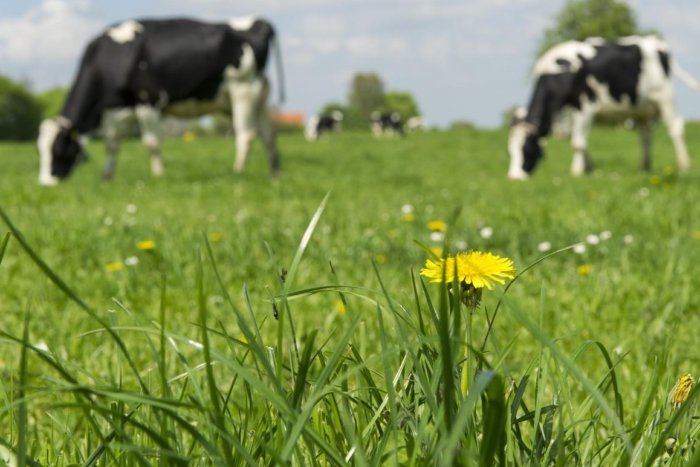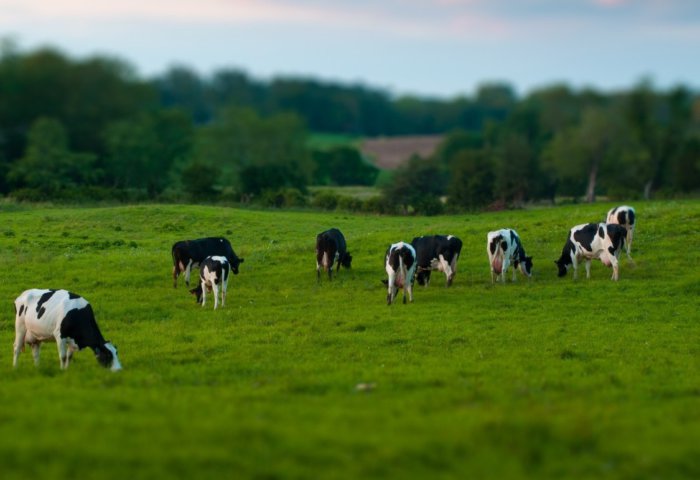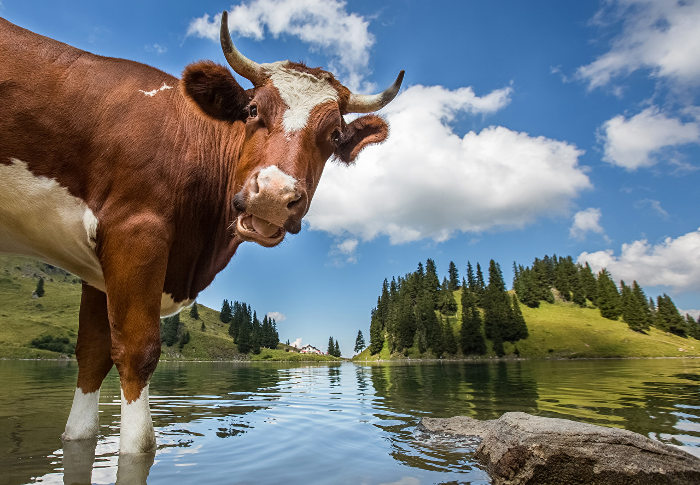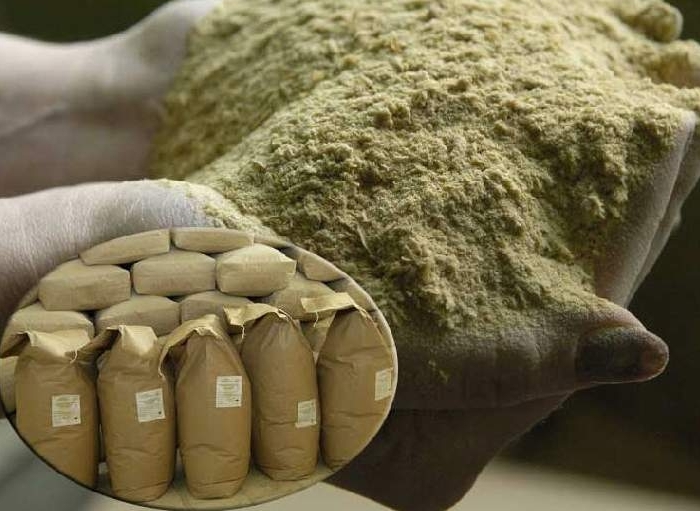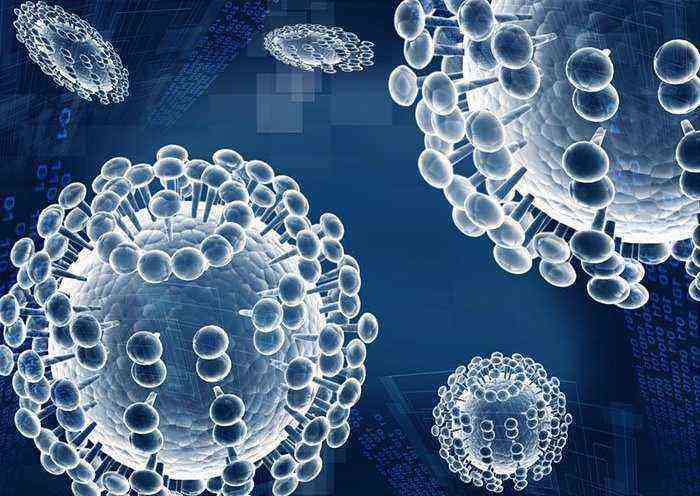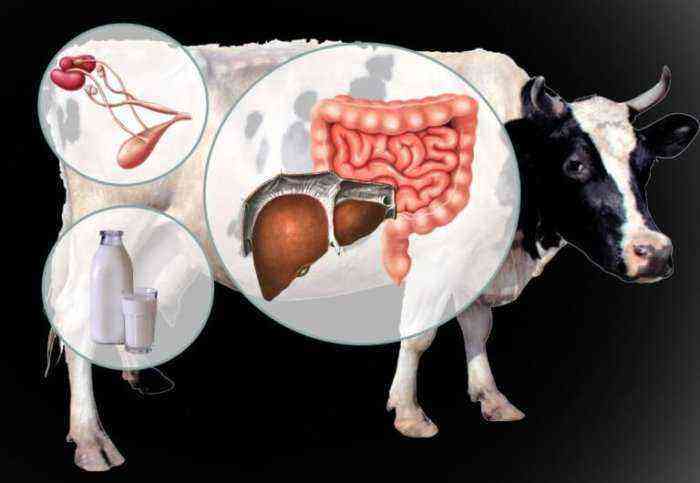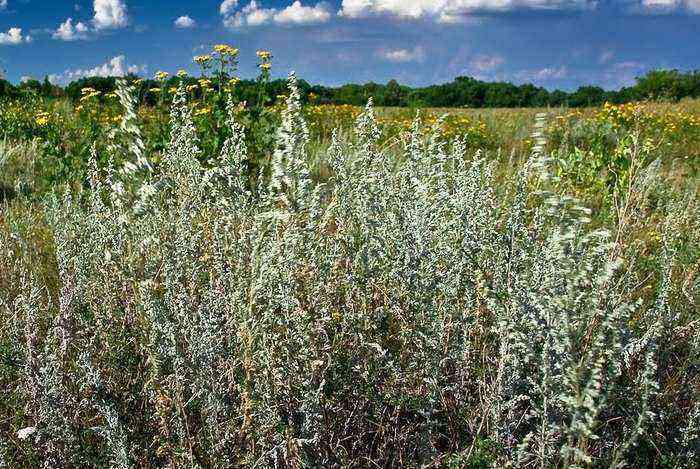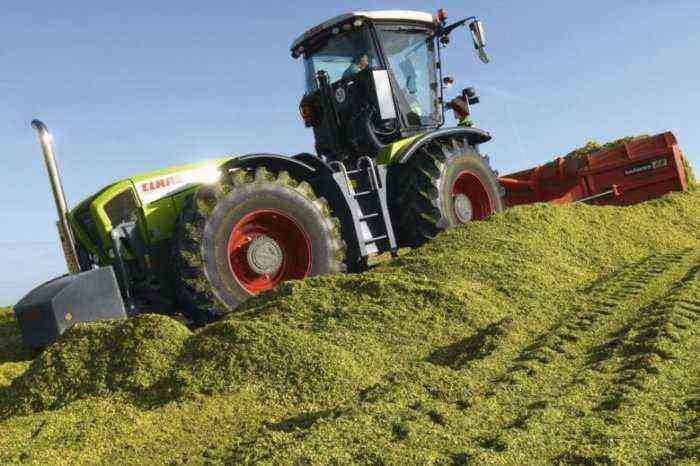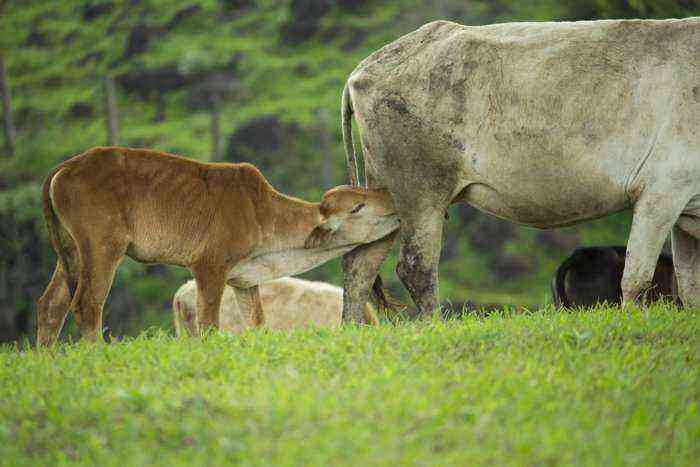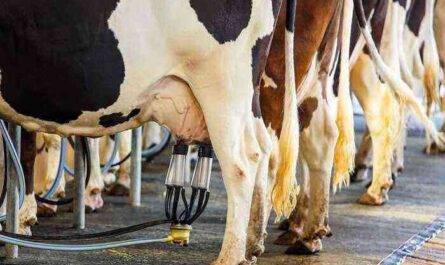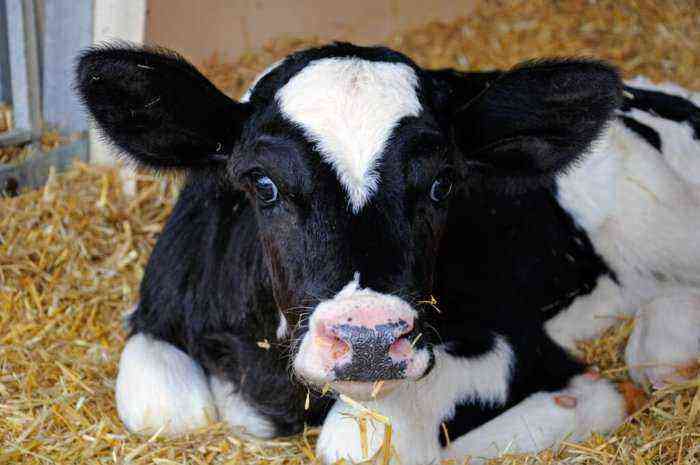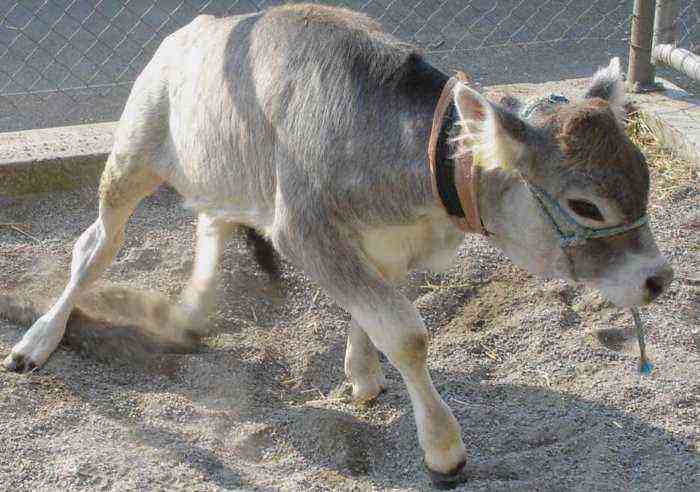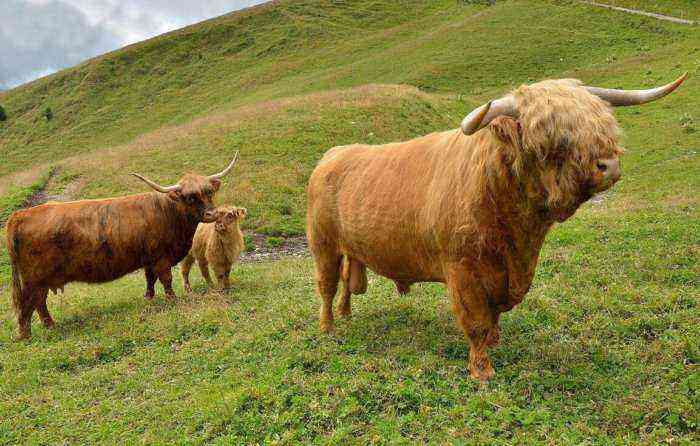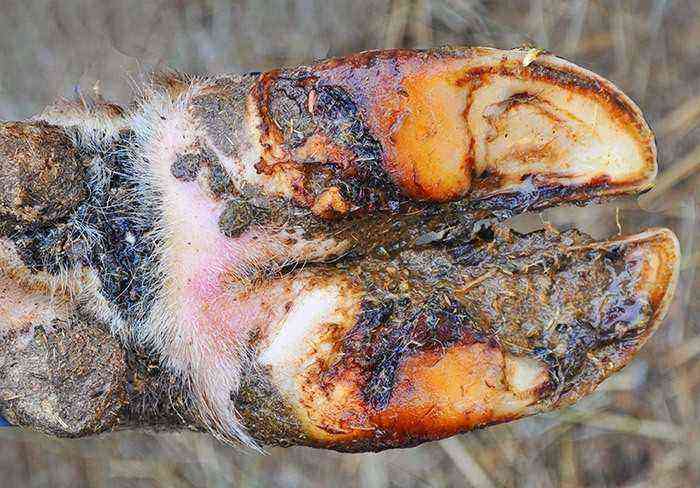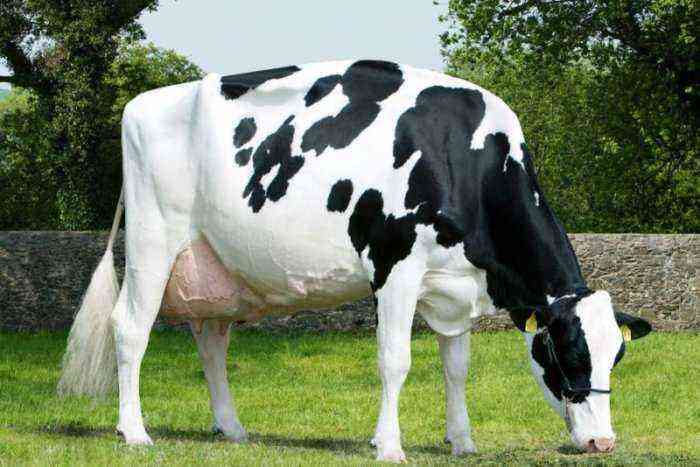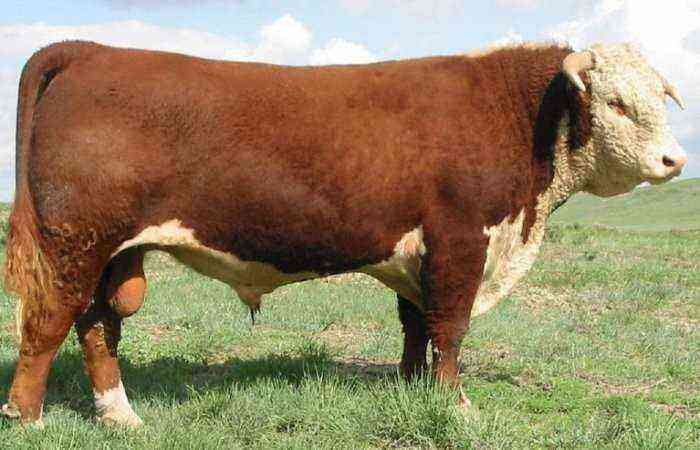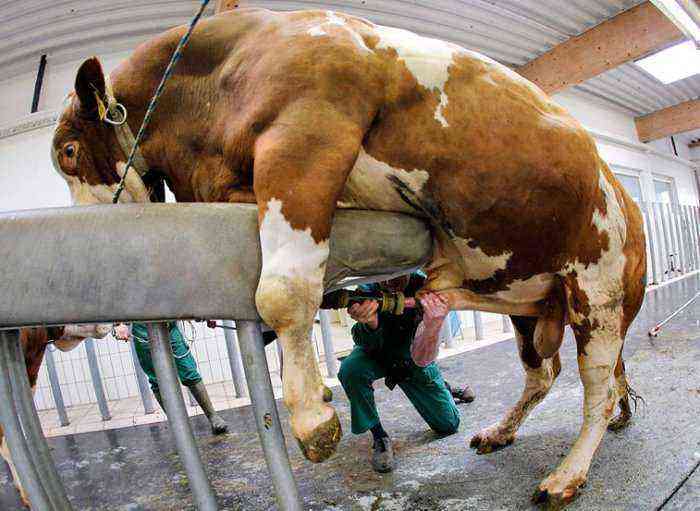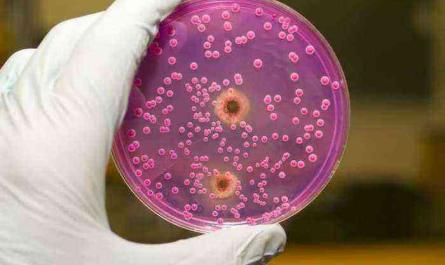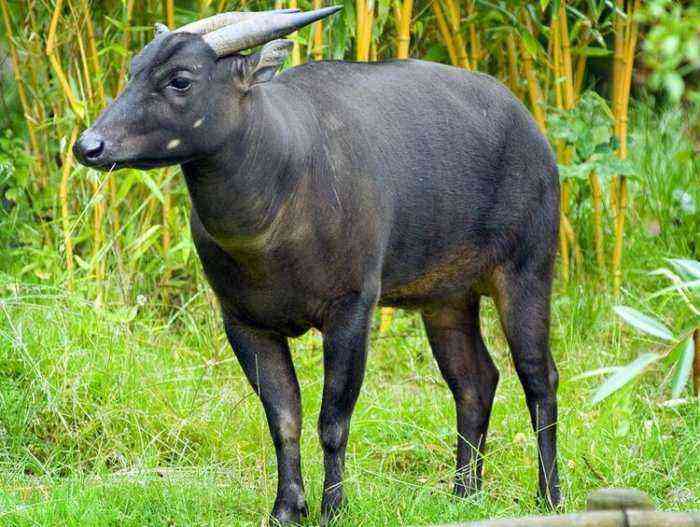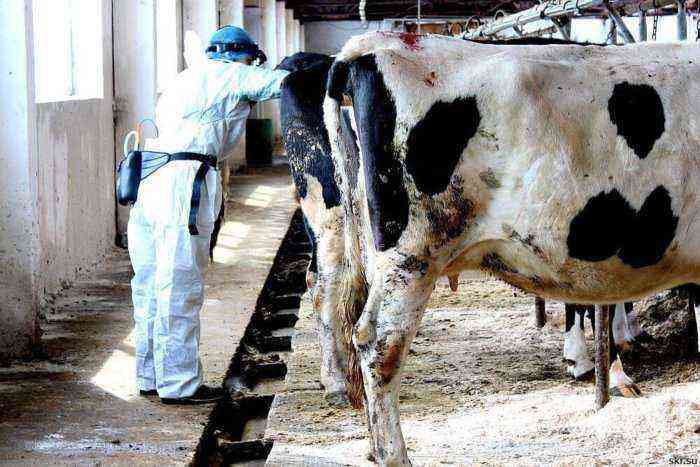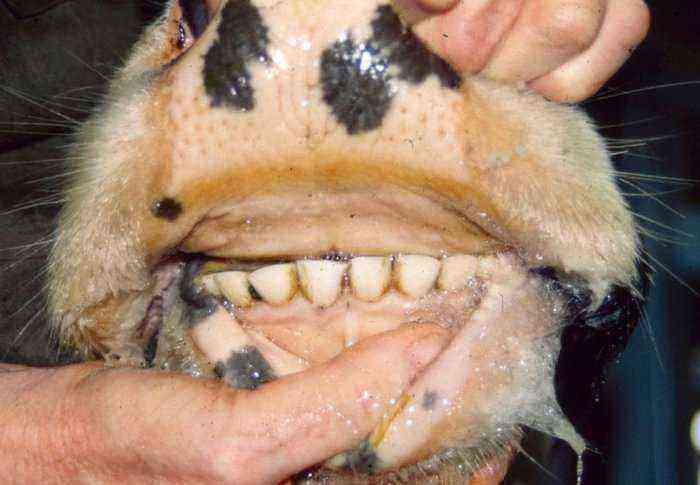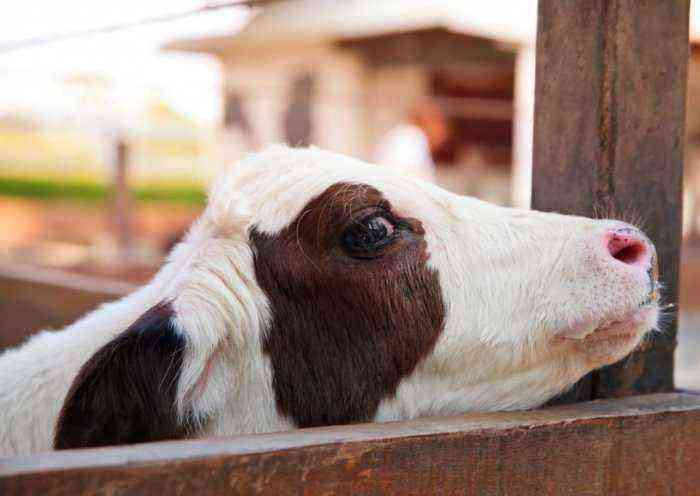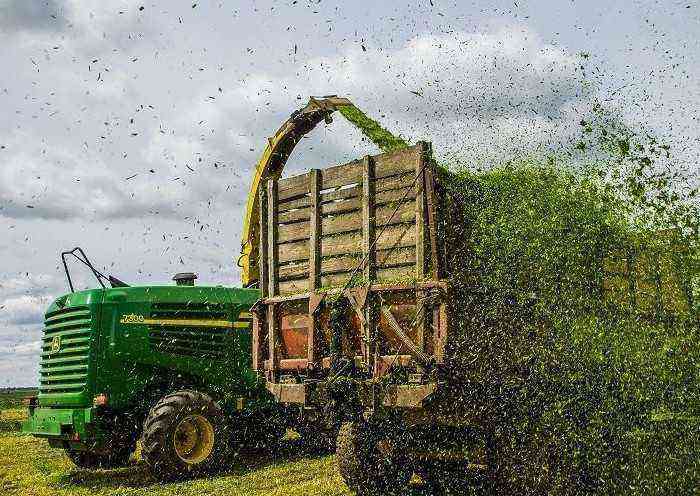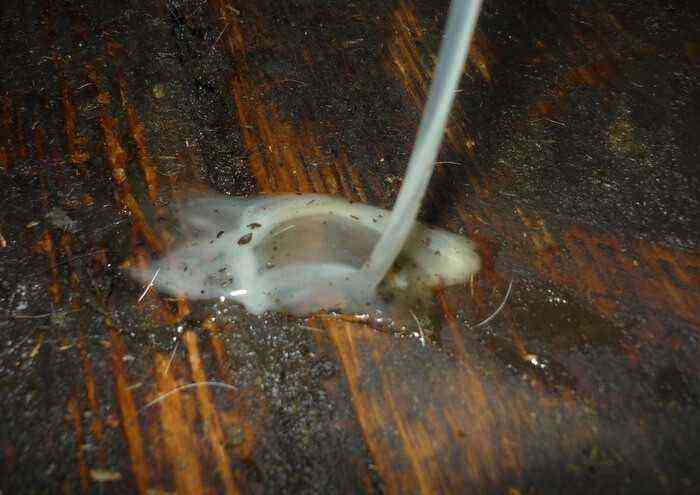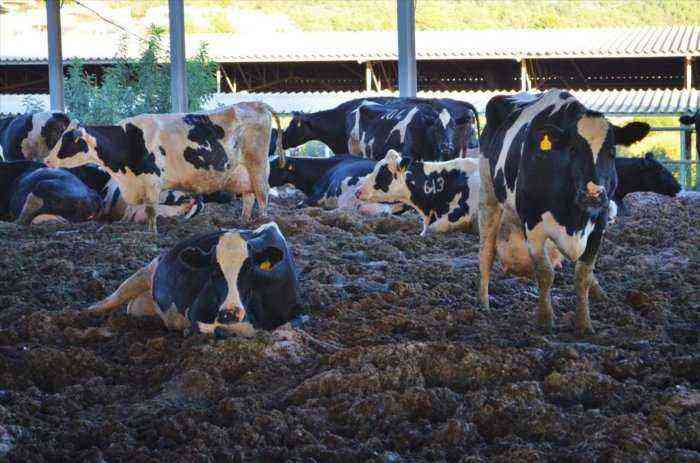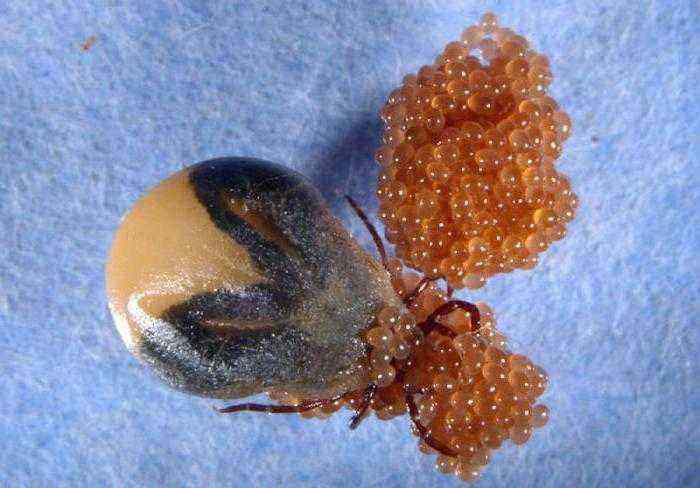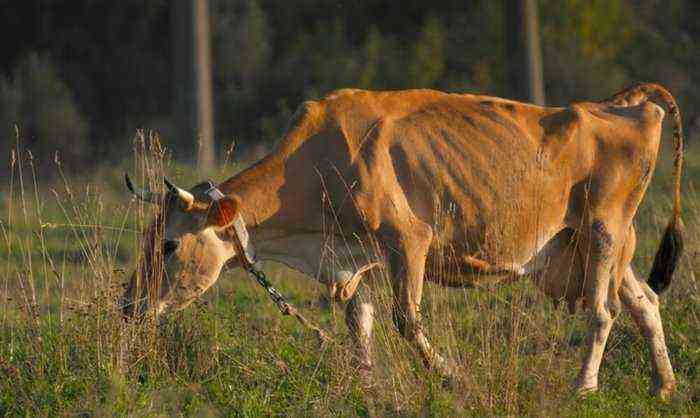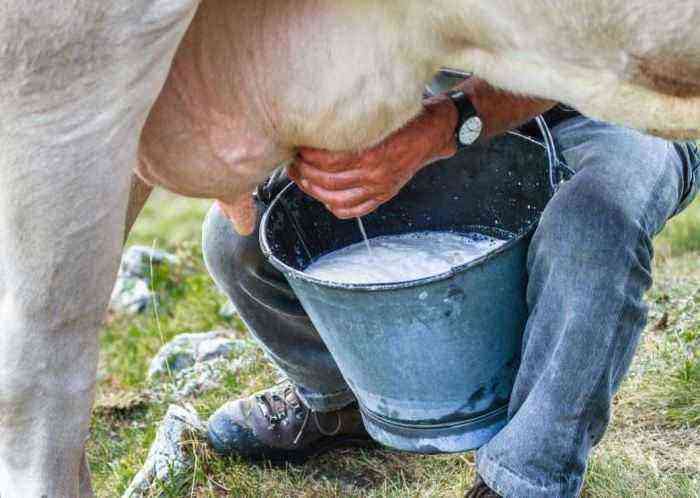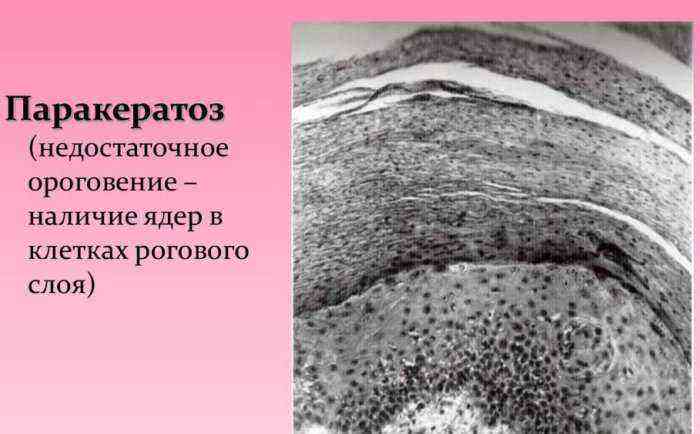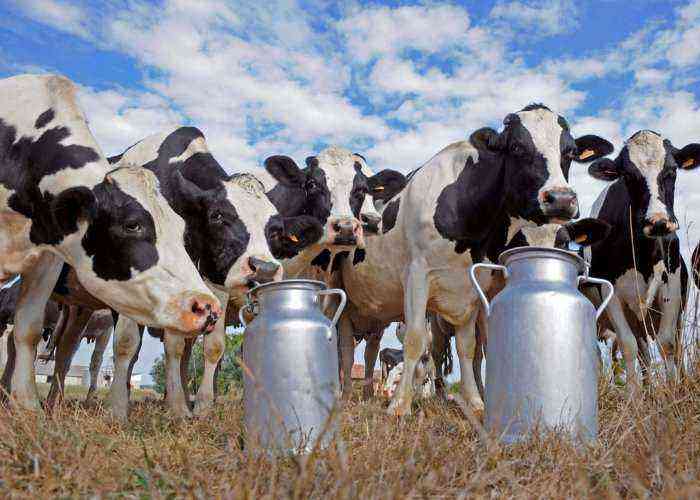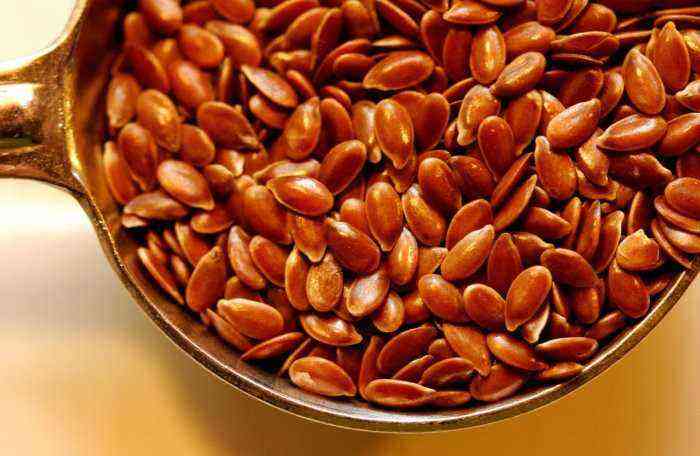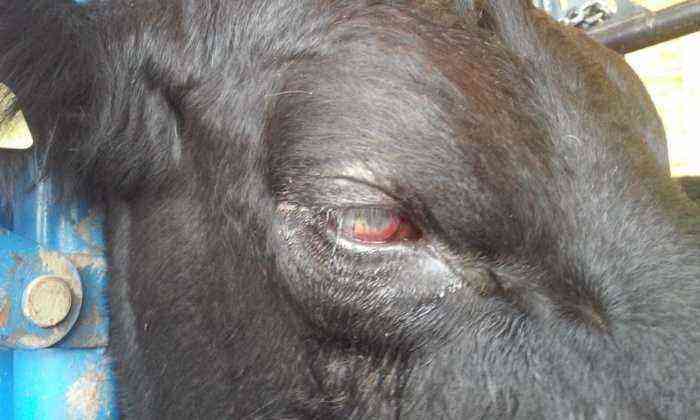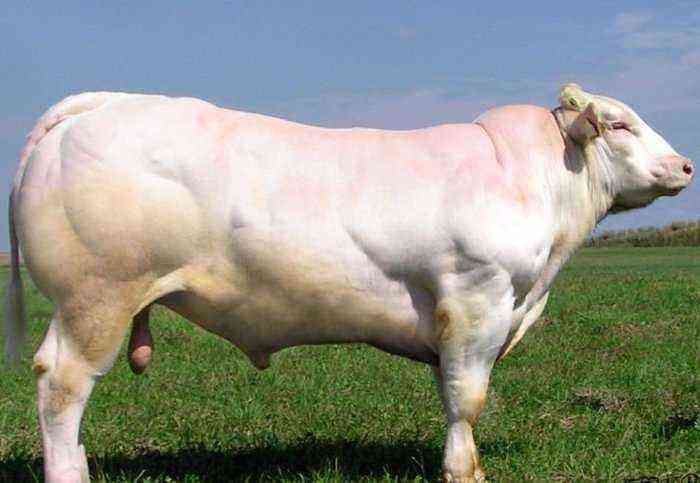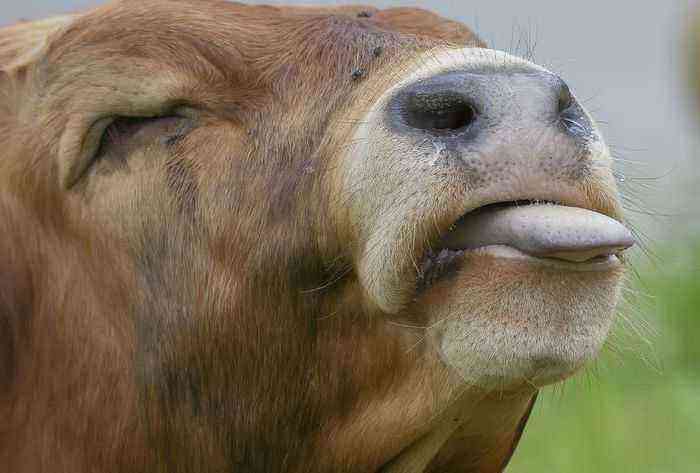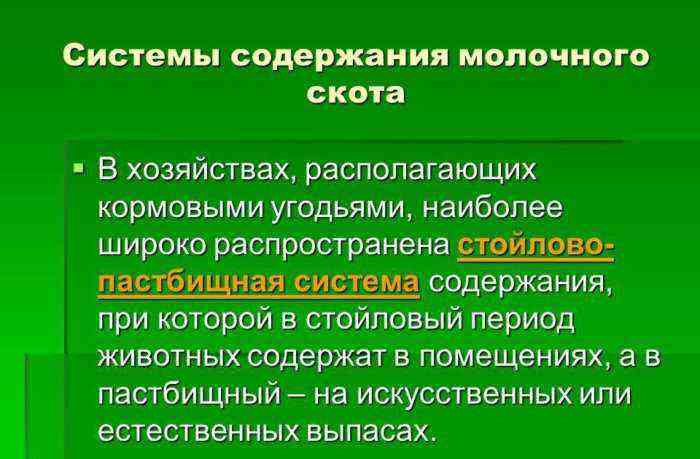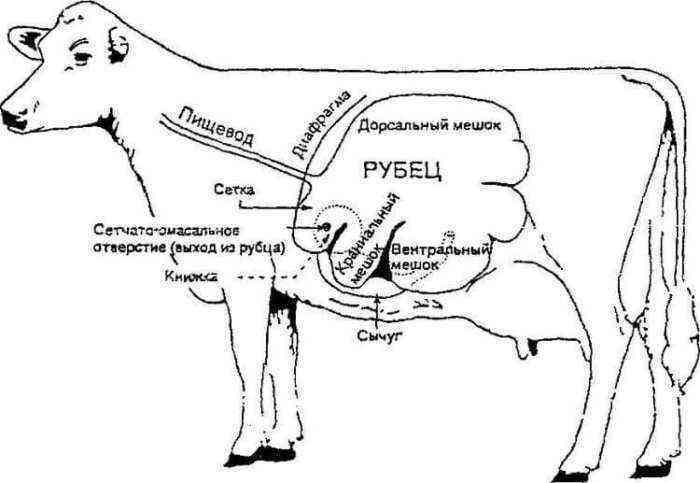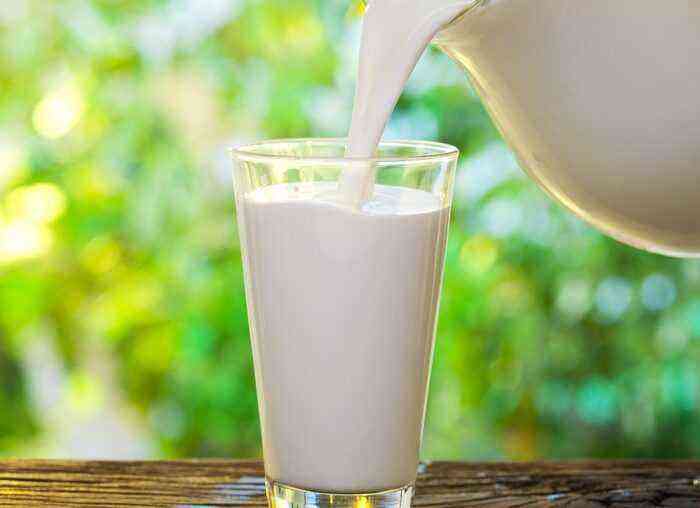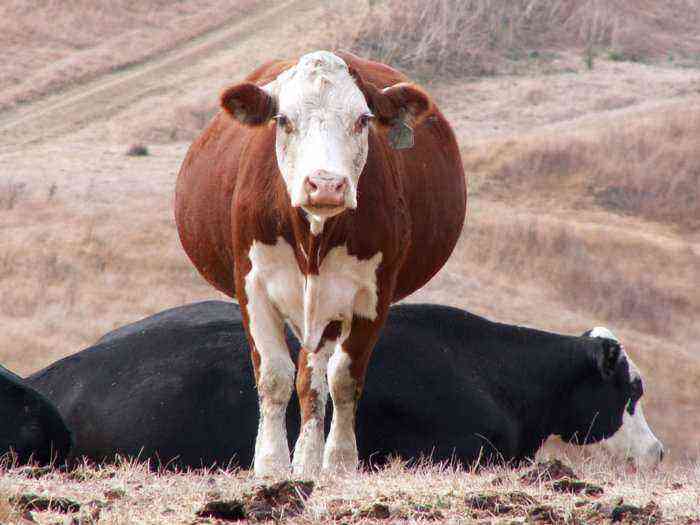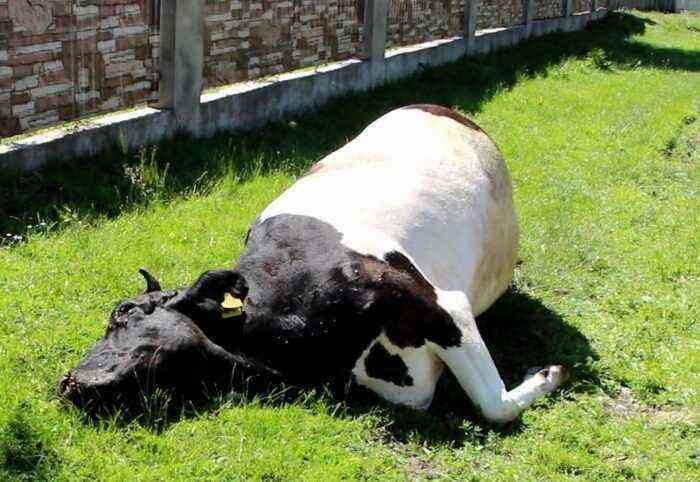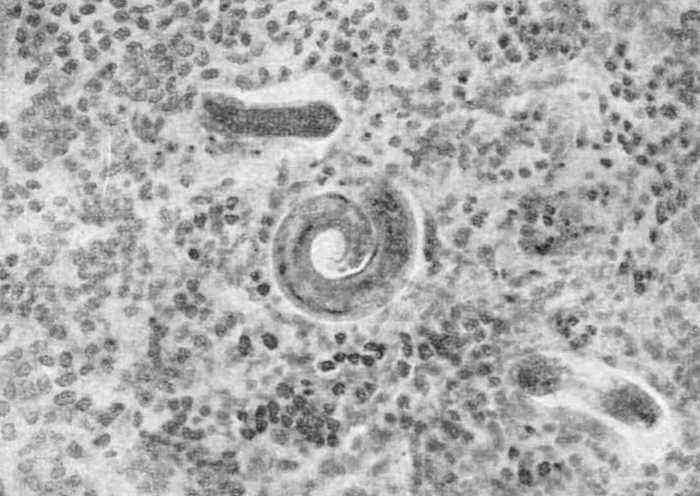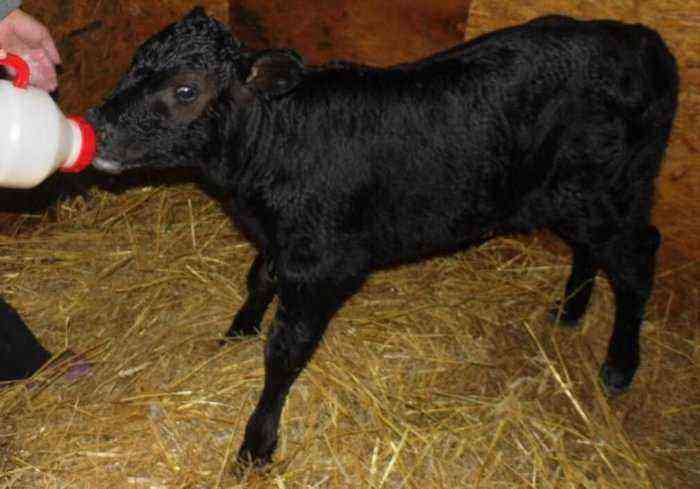Proper feeding of lactating cows directly affects the quantity and quality of milk. The basis for its production in the body of the animal are the nutrients that enter the mammary gland. But if you do not provide a proper diet for a cow during lactation, all useful elements from the feed will go to meet the needs of her body, and milk yield will be reduced to a minimum. Therefore, every breeder must understand what to feed the animal during lactation in order to ensure both high productivity and good cow health.
Proper feeding of lactating cows
Lactation and feeding features
During the lactation period in cows, the main body systems in functional terms undergo significant changes. They are restructuring their work in such a way that the bulk of the nutrients go to milk production. It is based on various proteins, amino acids, lactose and several other components. All these substances enter the mammary gland together with the blood or are already synthesized in it from the delivered components. Also, through the bloodstream, vitamins and minerals contained in dairy products are supplied here.
It is worth noting that for the production of even 1 liter of milk, the mammary gland performs simply colossal work. To collect the necessary components for such milk yield, about 500 liters of blood passes through it. As a result, a cow that produces about 4 thousand liters of milk during the lactation period spends on this:
- fats – from 250 to 300 kg;
- lactose – 200 kg;
- proteins – from 144 kg;
- calcium – from 6 to 8 kg;
- phosphorus – about 5 kg.
In addition, 10-15 thousand MJ of energy is also consumed. Of course, all these reserves, when keeping an animal at home, must be restored by proper feeding. And such feeding is built individually, depending on the total annual productivity of the animal, its age, weight, and state of health.
It should also be taken into account that lactation proceeds unevenly. It consists of periods, each of which involves a gradual decrease in cow productivity. These stages also make their own adjustments to the diet of the animal. In total, there are three main periods of lactation:
cow lactation period
- Elementary. This stage is subdivided into newness and distribution.
- Peak productivity.
- Planned decline in milk production.
Features of the initial period of lactation
At the initial stage, the diet should be significantly strengthened and balanced as best as possible. At this time, the cow has the highest productivity of the year, but the consumption of energy and nutrients is much faster. On average, an animal’s need for proteins, minerals and energy increases by 1,5-2 times.
But, it is worth noting that even with all attempts to replenish the amount of protein, fat and other substances, this will not be fully possible. The animal is simply not able to eat food fast enough to make up for losses in milk production. Therefore, in the initial period, lactating cows make up for the lack of components for creating milk with their reserves. For this, fat and proteins are used, which are taken from muscle tissue. In this regard, one individual during the time of milking is able to lose up to 6-7% of its initial weight. For cows that are highly productive, this figure is about 10-20%.
A sharp decrease in weight, which can reach up to 1 kg in adult cows per day, is quite natural for adults. But in the case of heifers, this can lead to stunting, since the nutritional components of the food are needed not only for milk production, but also for the growth of the cow.
Dramatic weight loss
In addition, during the period of milking, the nutritional norms for high-yielding cows differ significantly from the diet for medium and low-yielding ones. For them, the amount of protein in the feed should be increased by 1-2%. On average, for every kilogram of dry food should be up to 18% protein. The energy norm of the same volume of food should be approximately 11 MJ. The best option in this regard is a mixture of concentrated and voluminous feed. Also, more tubers and herbal flour are introduced into the diet, various fat additives and minerals are added.
Peak period and recession
The first stage of lactation lasts approximately 14 weeks. Next, the cow should peak productivity. From the start of milk production to the peak, more than 55% of annual milk yields are realized. By week 14, weight loss gradually stops. Also, after passing the peak, the total milk yield is steadily decreasing at a rate of 2,5% per week.
But, despite these changes, it is not recommended to reduce the amount of the daily feed intake or the composition of the diet. A large amount of nutrients and energy is necessary for the animal to restore the reserves spent on milk production. At this time, the cow’s mass gain is especially intense. Approximately 61% of the energy that is synthesized from food goes to the growth of muscle tissue. The volume and quality of feeding are even more important 3 months before calving, when the animal is already carrying the fetus and nutrients are consumed for its growth.
Feeding rates
To meet the nutritional needs of a lactating cow, it is necessary to correctly select not only the volumes, but also the composition of the feeding. When developing a diet for an animal, you should consider:
- body weight of the cow;
- the daily volume of milk that she brings;
- age;
- fatness;
- time of year and method of keeping (pasture or stall);
- stage of lactation.
The goal is to maintain health and reproductive function at high milk yields
The main purpose of feeding is to maintain health and reproductive function at high milk yields. The average rate for a cow for all three periods of lactation is about 0,7-1 feed units per kilogram of milk. Energy for the same weight takes about 8-10 MJ. The approximate composition of nutrients per feed unit is as follows:
- sugar – from 75 to 120 g (depending on daily milk yield);
- protein – 110 g;
- starch – from 110 to 180 g;
- calcium – 7 g;
- fats – about 40 g;
- fiber – from 160 to 400 g;
- salt – at least 7 g.
Also, the diet should contain the optimal vitamin composition.
With stall content, it is necessary to develop a clear feeding regimen. It should cover the number of meals, their implementation at a strictly fixed time, the amount of feed for every 100 kg of animal weight. In addition, it is necessary to take into account the correct preparation of the various components, their combination and the sequence of feeding. This is the only way to reach the maximum milk yield due to the genetics of the cow.
Particular attention should be paid to feeding in winter. In this case, the basis of the diet will be succulent feed, which in the total daily norm takes from 40 to 50%. The amount of concentrates is 35% and roughage covers 25%.
If we translate all this into specific numbers, then for every 100 kg of cow weight per day should go:
- hay – 2 kg;
- silo – 3 kg;
- haylage – 3 kg;
- tuberous and root crops – 2 kg.
hay for cows
To this is added concentrated feed in the amount of 400-500 g per 1 liter of milk. It will also be useful to add sugar beets to the diet during lactation. It will provide enough sugar for lactose production and fiber digestion.
It is also important to take care that when combining different feed options, it contains a sufficient amount of energy. On average, a highly productive dairy cow eats from 3,5 to 4 kg of dry matter per 100 kg of weight per day. For individuals with average productivity, the indicator is 3-3,2 kg. With this in mind, in order to provide the amount of energy necessary for milk formation, about 1-1,2 energy feed units should fall on each kilogram of dry food. For cows with low productivity (less than 20 kg of milk per day), the indicator drops to 0,8 energy units.
Feed should be carefully prepared before serving. The straw is finely chopped and mixed with horse crops, concentrated feed, table salt and other components. Beets and large potatoes are crushed. If the diet includes a dry concentrate in a volume of more than 3-4 kg, it is diluted with water until a viscous slurry is formed. Volumes of dry food up to 3 kg can be given as is or a small amount of liquid can be added. Also, to ensure the optimal vitamin-mineral balance, vitamin supplements are added to the feed in small volumes, and energy supplements are added to increase growth and productivity.
The number of meals also depends on several factors. First of all, this is the annual milk yield. If it is less than 4000 kg of milk, then 2 feedings per day will be enough. If the productivity exceeds 4000, then 3 or more doses are necessary. In addition, 3-4 feedings are also used for newly calved lactating cows, regardless of their milk yield.
It should be remembered that the change of winter and summer diets is carried out smoothly during the week. When switching to winter nutrition, the grazing time is gradually reduced from 8 hours to 2. At the same time, roughage is fed to the cow in the evening and in the morning. If the diet is changed in favor of the summer, the process is carried out in reverse order. If the diet is changed too abruptly, there is a decrease in the quality of milk and milk yield in general. In addition, the animal may have problems with digestion.
When developing the right diet, it is also taken into account that different feeds can affect the taste and fat content of milk in different ways. High-quality hay (especially legumes), green fodder, silage, carrots, beets, and oats have a beneficial effect. Too large volumes of hay from forests and swampy meadows, straw, chamomile, sorrel, pulp, bard degrade the taste. Large volumes of potatoes and beet tops can have a negative impact on the quality of butter and cheeses.
Beet tops
Chemical composition of milk
According to its composition and production process, milk is a rather complex formation. It is produced in the mammary gland from various nutrients. The composition of this product includes more than 50 different elements, a large number of vitamins and other components. At the same time, blood is the main source of nutrients for milk mass. Vitamins and minerals pass from it unchanged into milk. It also contains a sufficient amount of glucose, from which milk sugar is subsequently synthesized. Milk fat is formed by the combination of fatty acids with fat and salts, which are contained in plasma.
The general composition of milk is as follows:
- protein – 3,3-4,3%;
- dry matter – up to 16%;
- fat – from 3,3 to 6,5%;
- ash – 0,8%.
At the same time, the energy value of the product per 1 kg of mass is about 3-3,3 MJ. But, it should be remembered that all these parameters can vary significantly depending on the breed of the cow and the lactation period.
Among other products, milk also stands out for its impressive vitamin and mineral composition. It includes vitamin A, the entire group B, as well as vitamins E, C, D, H, K. Each kilogram of milk mass contains about 1,2 g of calcium. It is present in an easily digestible form. Also, this weight accounts for about 0,9 g of phosphorus, which promotes the absorption of calcium and is in balance with it. In addition to them, the composition also includes iodine, potassium, zinc, iron, fluorine and many other elements.
Reference. Milk is a good source of essential amino acids for the body. It contains optimal amounts of methionine and lysine.
Keeping cows in the grazing period
In summer, the basis of the diet of cattle should be grass on pastures. It not only provides a significant increase in milk yield, but also reduces the costs associated with feeding exclusively with compound feed and bulk feed. But, of course, this method of content also implies compliance with certain nuances.
Pasture selection
First of all, it is worth carefully approaching the choice of a pasture organization site. Moreover, it should be chosen on the basis of the botanical composition of the territory. The best option in this case are meadows with a large number of leguminous plants, such as alfalfa or clover. Also, the growth of bluegrass, foxtail, and fescue contributes to high-quality milk formation.
But you should not refuse concentrated feed in the summer. One cow per day is able to eat about 90-100 kg of grass. This is enough to produce 10-11 liters of milk. Therefore, in order to ensure high milk yields, grass feed should be supplemented with a concentrate in the proportion of 300 g per liter of milk. At the same time, it is important to take into account some features of combining these types of feed. For example, legumes are high in protein, which is quickly and efficiently absorbed. Therefore, supplementing it with a concentrate, it is best to opt for barley. There is not so much protein in it, due to which the nutrition will be more balanced.
Important! It should be remembered that pasture greens are characterized by an extremely unbalanced mineral composition. In some varieties of herbs, an overestimated rate of potassium or other elements can be traced. Therefore, in order not to disturb the balance in the body of a cow, the main diet should be supplemented with universal additives.
In general, grass feed rates for cows are calculated based on their milk yield. In this case, the following ratios of the daily volume of milk and grass are used:
- For 10-12 kg of milk – 55 kg.
- For milking 14-16 kg – 65 kg.
- 18-20 kg of greens – more than 70 kg.
Transfer of livestock to grazing should be gradual. For starters, 1-2-hour walks per day will be enough. Every day there is a slight increase in the period with access to the standard rate in 1-2 weeks. The standard for specially grown pastures is 7-8 hours. In natural areas where vegetation is poorer – at least 10 hours.
Transfer of livestock to grazing
It is also important to smoothly change the diet of the cow. To begin with, before going out to pasture, it is better to feed the cow lightly with concentrates and succulent feed in the stalls so that she does not overeat the grass. And only over time, the amount of other food (except concentrates) decreases. Also at this time, it is important to supplement the diet with table salt with a daily norm of 120 g.
If last year’s pasture is used for grazing, it is necessary to carry out a number of measures in advance that will allow it to be used efficiently and safely. These measures include:
- cleaning the entire pasture area from branches, sharp stones, debris and other objects that may be dangerous for animals;
- checking the condition of fences and other structures, if necessary, and repair;
- fertilizing the grazing area with mineral additives a couple of weeks before pasture;
- Creating an accurate plan for the amount and frequency of fertilization.
It is also worth noting that the intensity of the growth of forbs in the meadows is characterized by periods of increase and decrease. Grass grows most rapidly in late May, early June. Since the second half of June, there has been a decline in the growth rate of greenery. It becomes more difficult for the cow to replenish its nutrient reserves. Accordingly, the volume of cow grass eaten is supplemented with fresh green top dressing, which is poured into the feeders at 17-20 kg per individual. Most often, it is divided into two parts and the meal is divided into lunch and evening.
Attention! An extremely important point is the optimal supply of water to the herd. In the summer, animals should be driven to the watering place at least 3-4 times a day.
When looking for a suitable pasture, the following points should be considered:
- Grazing animals in forest clearings involves at least 1,2 hectares of area per individual.
- On upland pastures, one head already accounts for 1 ha.
- When using a water meadow, 0,5 ha will suffice.
- On cultivated specially grown herbs – 0,3 ha.
The most effective grazing method is the paddock scheme. A certain sector is surrounded by a quick-release fence and livestock is launched into it. After 3-5 days, when grass stocks are reduced, the corral is moved to the next sector. This provides a more rational consumption of grass.
Nutrients in feed
All types of feed consist of two main components: water and dry matter. The composition of the dry matter, in turn, includes inorganic and organic elements. The latter include:
- protein;
- fats;
- carbohydrates.
What exactly components should include the right diet during lactation?
Water
The correct daily rate of liquid in the feed is determined on the basis of the general condition and age of the animal, its productivity, dry matter composition, air humidity. Particular attention is paid to the amount of protein in dry matter. Water speeds up the process of protein dissolution, which means that the more it is, the more water is needed in the feed. Also, water reserves affect productivity and provide better transport of other nutrients and minerals. The average rate of water for an adult cow is 4 to 6 liters per kilogram of dry feed.
water for the cow
Carbohydrates
Carbohydrates in food are a source of energy. In addition, they are able to turn into glycogen, as well as fat, which will be used for milk production by the mammary gland. According to their structure, they are divided into monosaccharides, polysaccharides, disaccharides. Especially important among them for a lactating cow are glucose, starch, sugar, fructose, pectin. The sources of all the necessary carbohydrates for cattle are cereals, potatoes, sugar beets, stems and leaves of grasses.
Fibre
From fiber in the body of a cow, fat is produced for milk. In addition, it affects the normalization of digestion and acidity in the body of the animal. The main sources of crude fiber for animals are green plants.
Fats
The importance of body fat in cows can be overestimated. It also provides the body with energy, and also provides stores of internal and subcutaneous fat, which are especially intensively consumed during the milking period. The best source of such a substance in the body are green herbs and flax seeds. The fat contained in such feed has an extremely beneficial effect on milk yield and palatability of milk.
Protein
Proteins are the basis for muscles, wool, skin and the walls of internal organs. In addition, protein is also one of the main elements of milk and is part of any hormone. A certain part of the proteins is synthesized in the body of a cow on the basis of amino acids. Some of these amino acids are already found in the body. Others for quality protein production come from the feed. It is on the provision of essential amino acids that you need to focus when planning a diet.
And yet, most of the proteins are ingested in the composition of the feed. Record holders for protein content are greens, hay and silage from legumes, fodder yeast, fishmeal, peas.
feed yeast
There are a number of other nutrients that a cow needs for normal life and lactation. But, nevertheless, when drawing up a livestock feeding plan, special attention is paid to precisely these.
Conclusion
Proper nutrition is the basis of a cow’s productivity during lactation. If all the above norms are observed, the breeder will be able to reach the maximum milk yield without much difficulty, while simultaneously strengthening the health and reproductive function of the animal.
